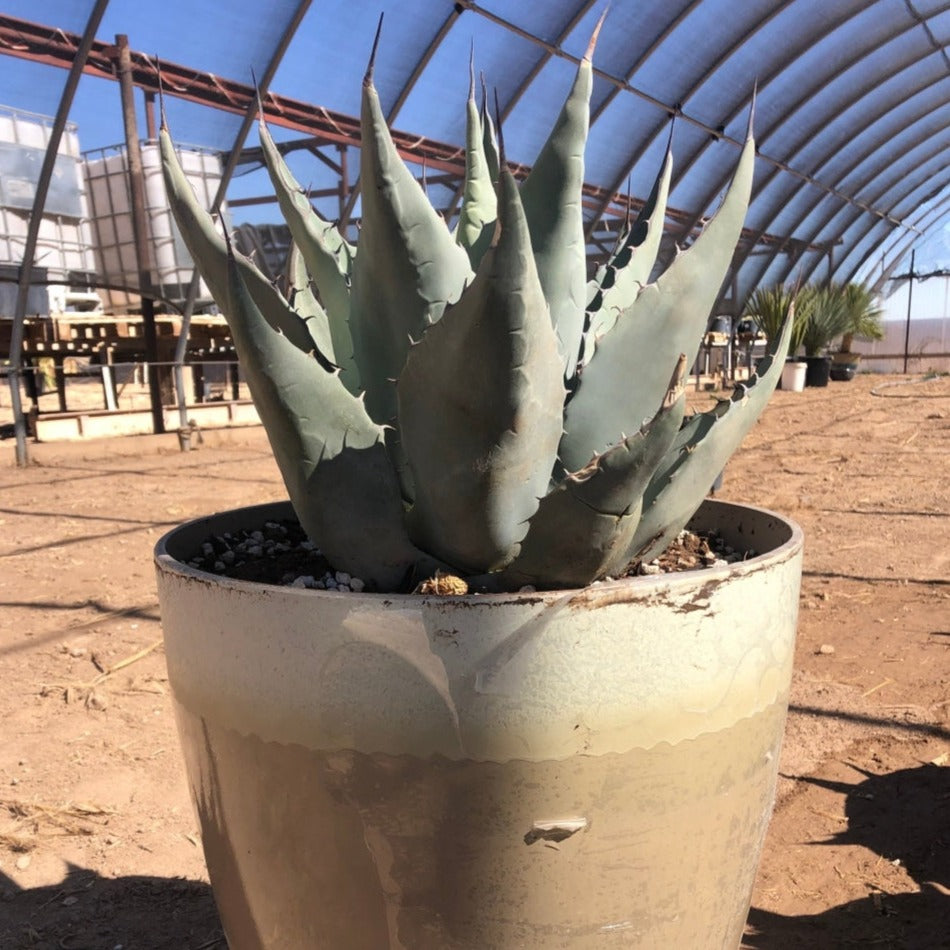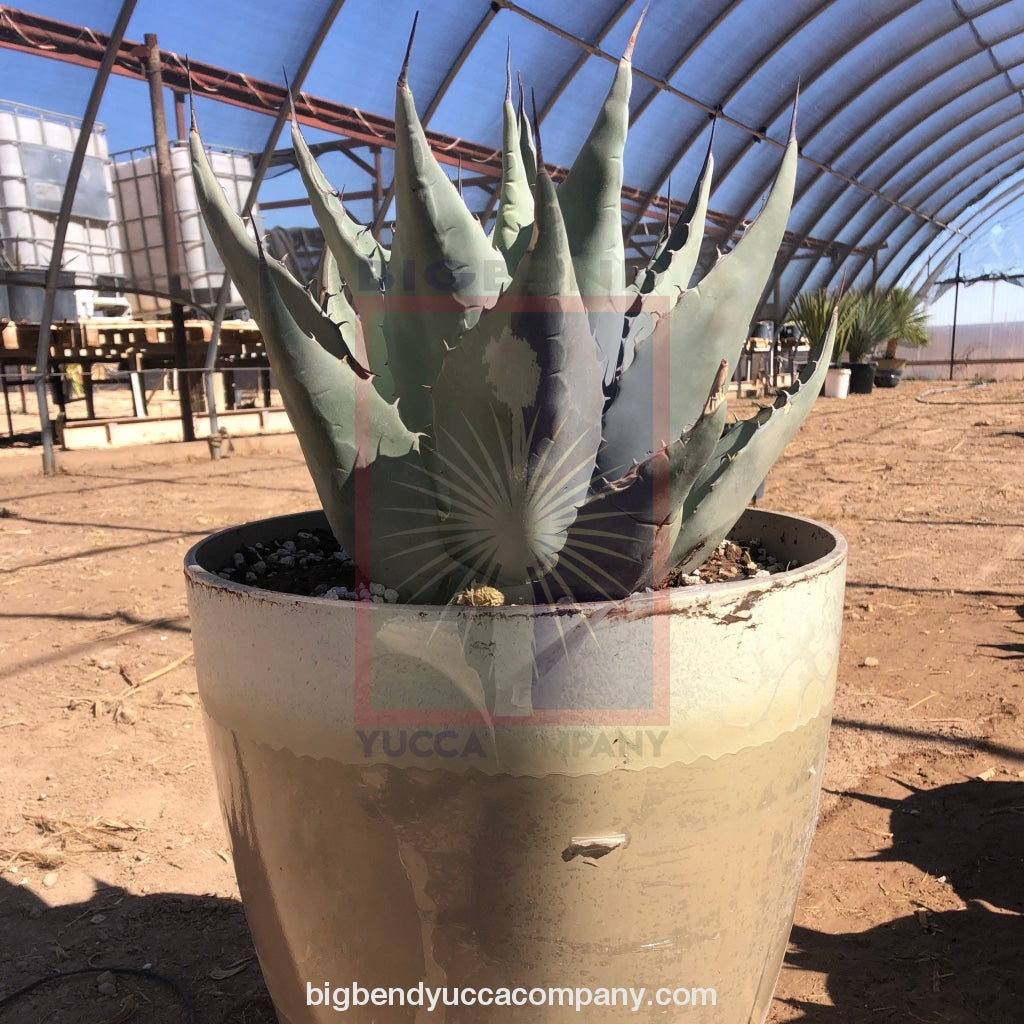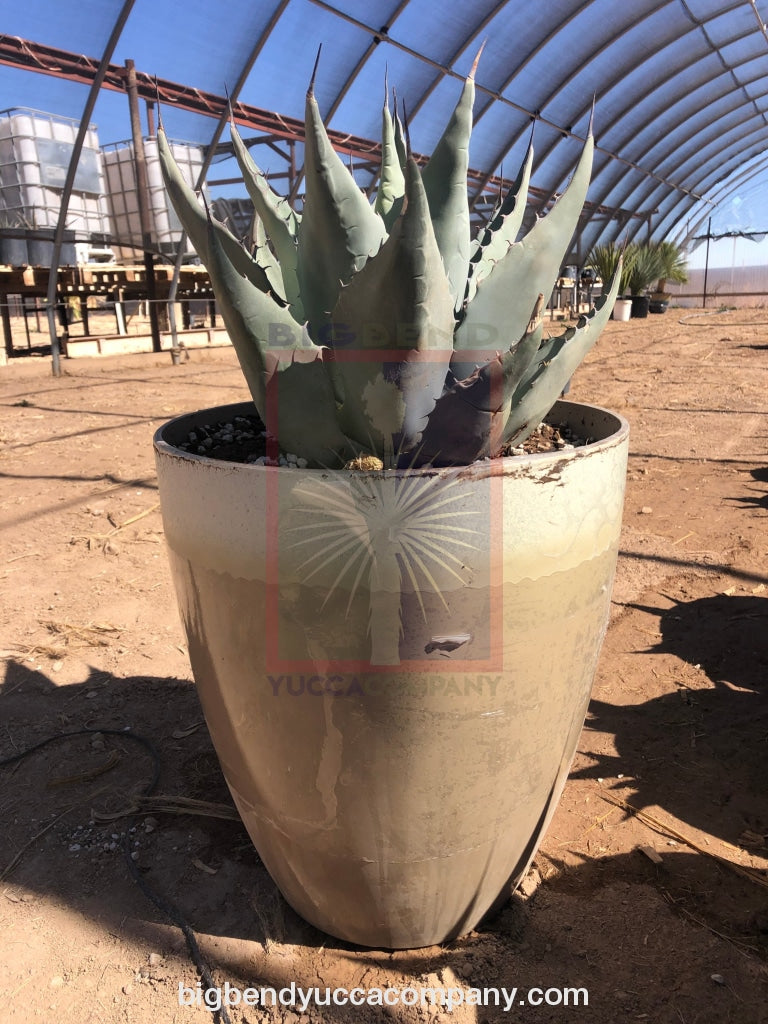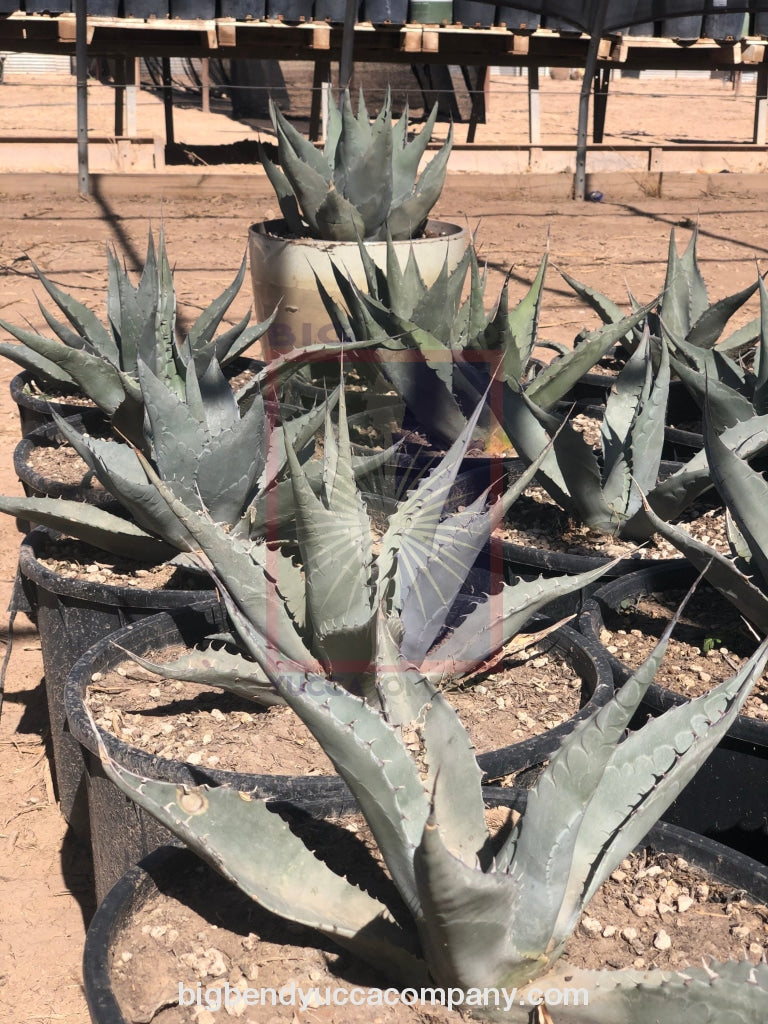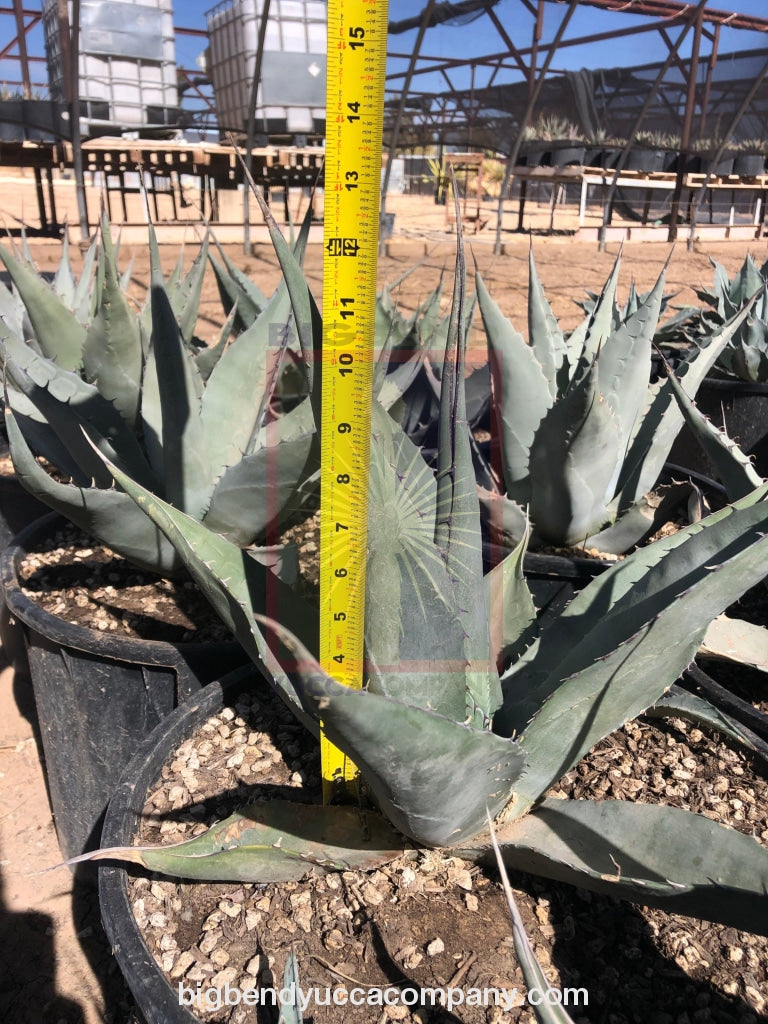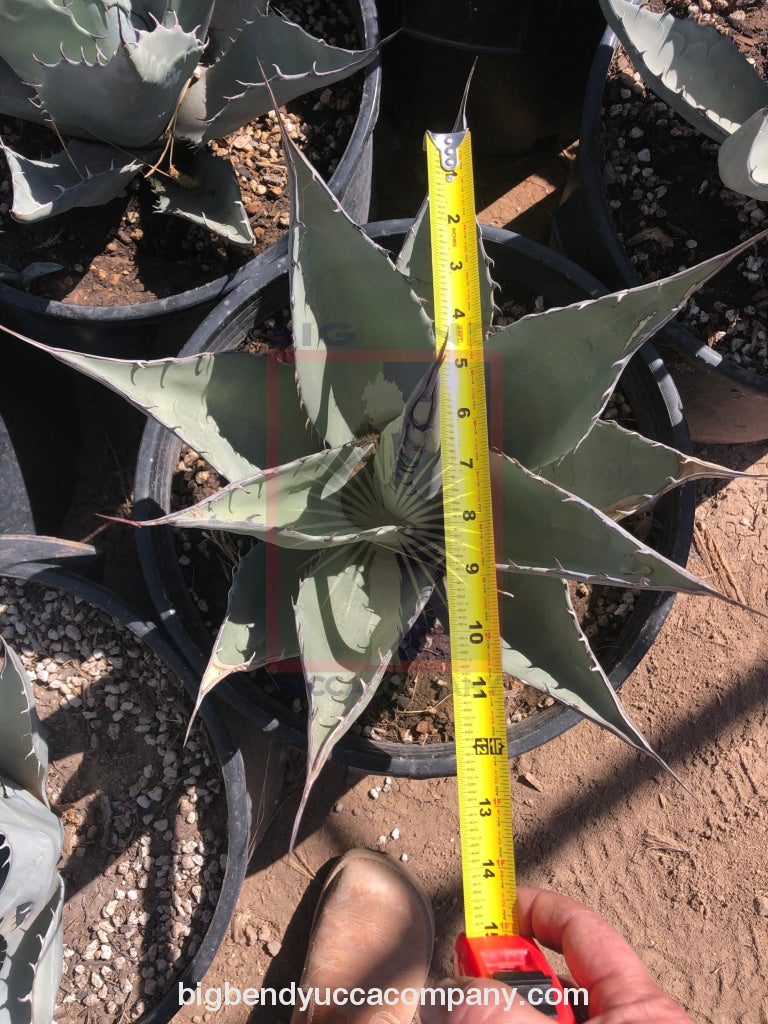Big Bend Yucca Company
Agave havardiana 'Glass Mountain' seed collected
Couldn't load pickup availability
This medium-sized agave is native to Far West Texas and adjacent Mexico, and in our opinion is highly underutilized by the landscape market. The leaves of this plant have thick, tough skin making it more likely to survive an ice storm with minimal damage.
The seeds for this agave are collected by us from the Glass Mountains of Pecos County from a population that is considered the most beautiful by many botanists. This is an undeniably handsome plant with the leaves terminating in a dark point that looks to have been painted. This agave produces few offsets so it will be easy to maintain a clean look in your landscape.
Plant in full sun and if you live in a hot climate; it is best to plant in an area with afternoon shade. You can expect this agave to grow to about 3' tall and around 4' wide, give it plenty of room, and it is cold hardy to about -20 degrees.
Zone 5 | to -20
Agave havardiana is an attractive, medium-sized Agave with glaucus grey to bluish foliage. It produces compact rosettes to about 2 feet tall and spreads to about 3 feet across.
At maturity, this plant will produce a flowering spike 6 to 13 feet tall and bearing 12 to 20 branches which are tightly packed with 3-inch yellow flowers. As with all Agaves, each plant of this species will flower only once in its lifetime, dying completely following flowering and seed production.
Plant Size = 10''-12'' tall by 10''-12'' width
Shipped UPS - 14''x 14'' x 14'' Box
Shipping weight = 7 lbs.
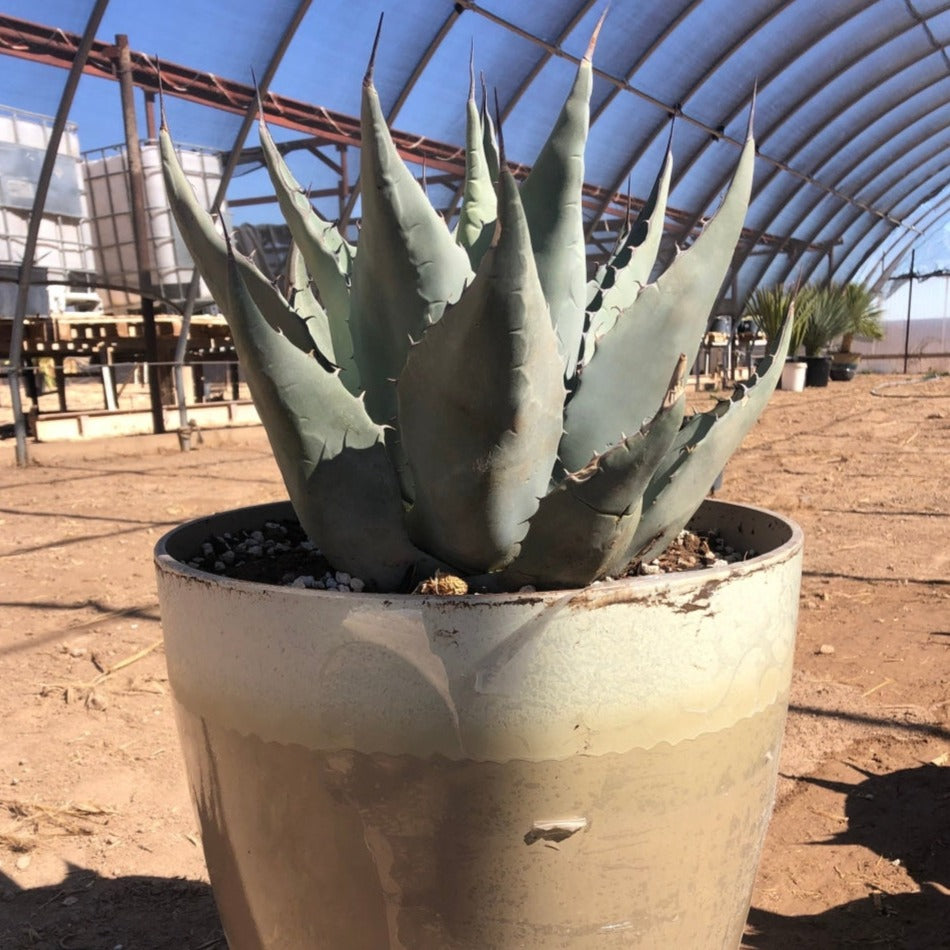
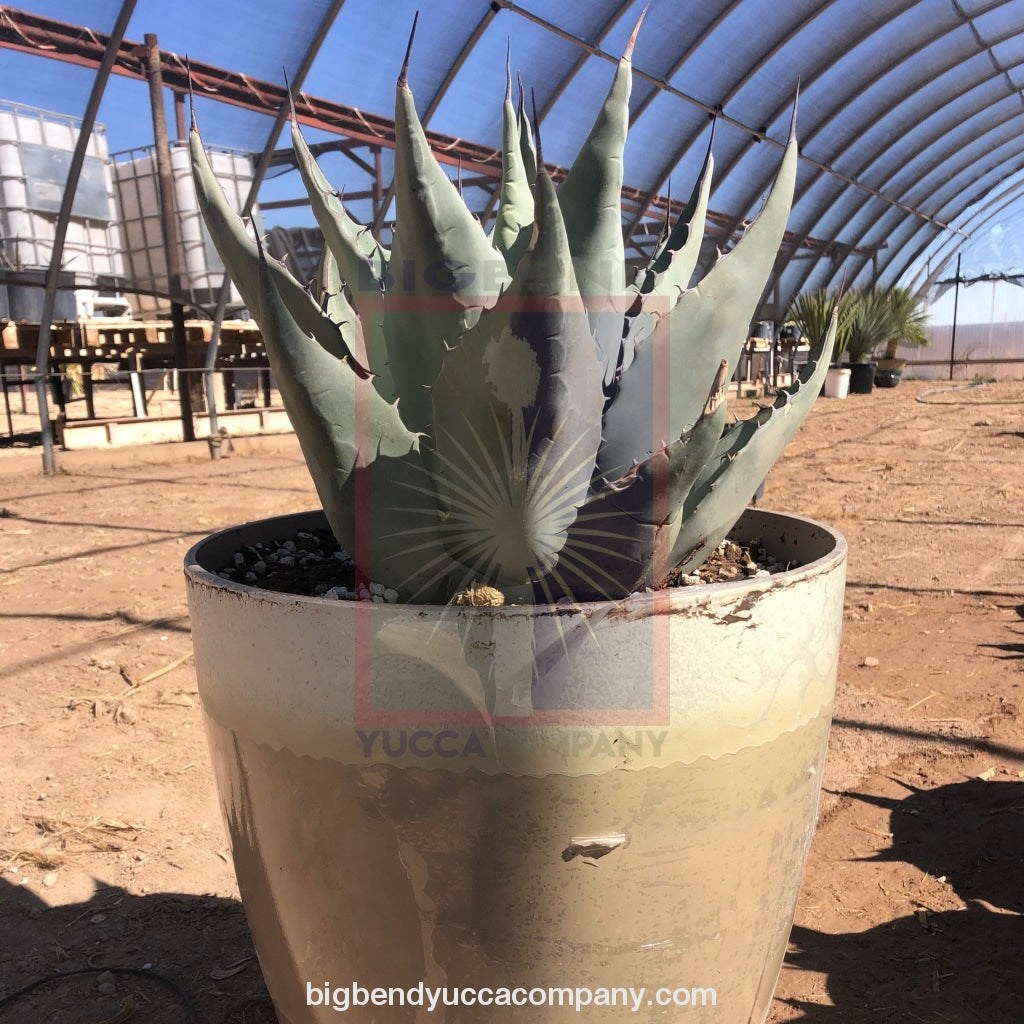
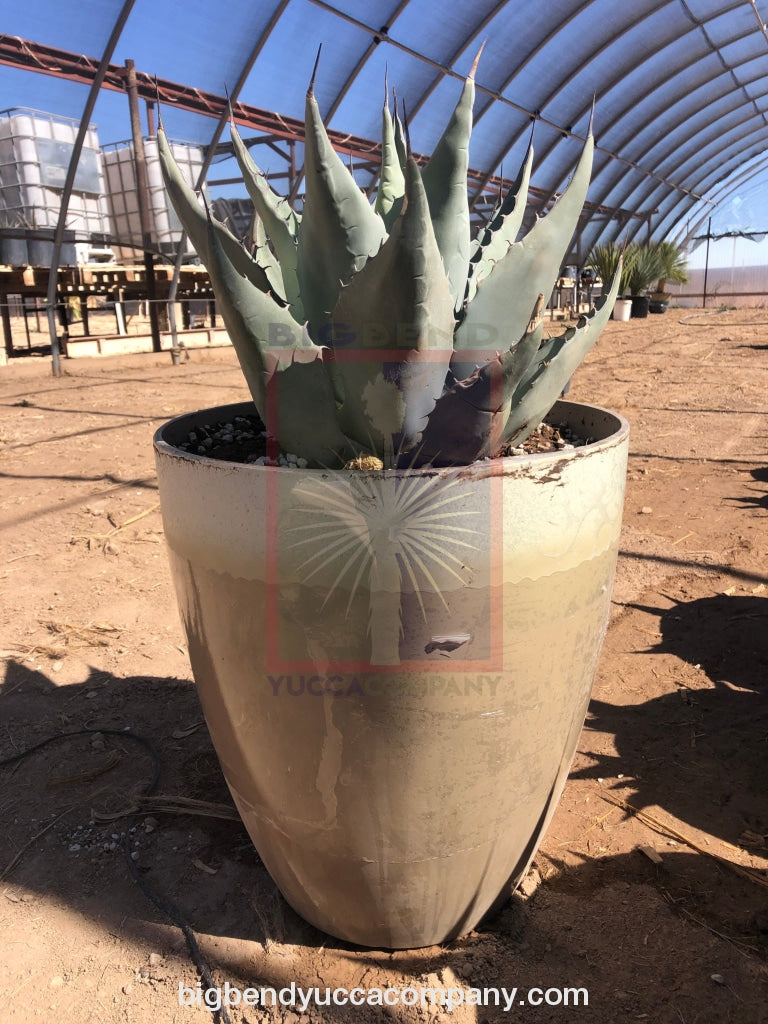
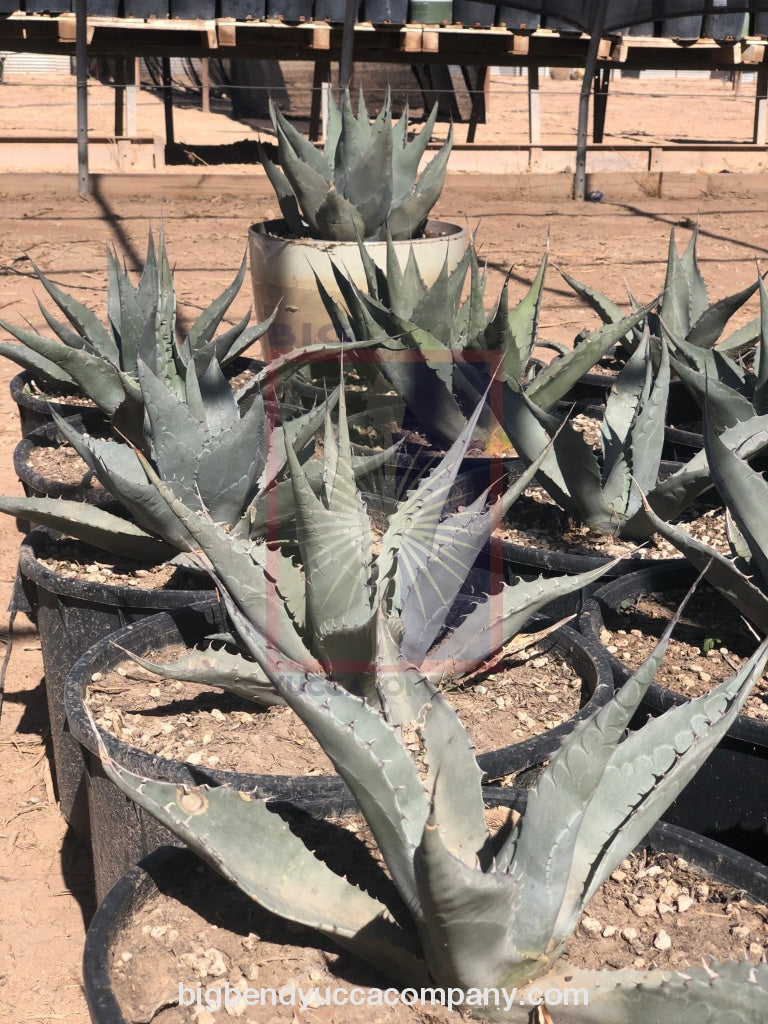
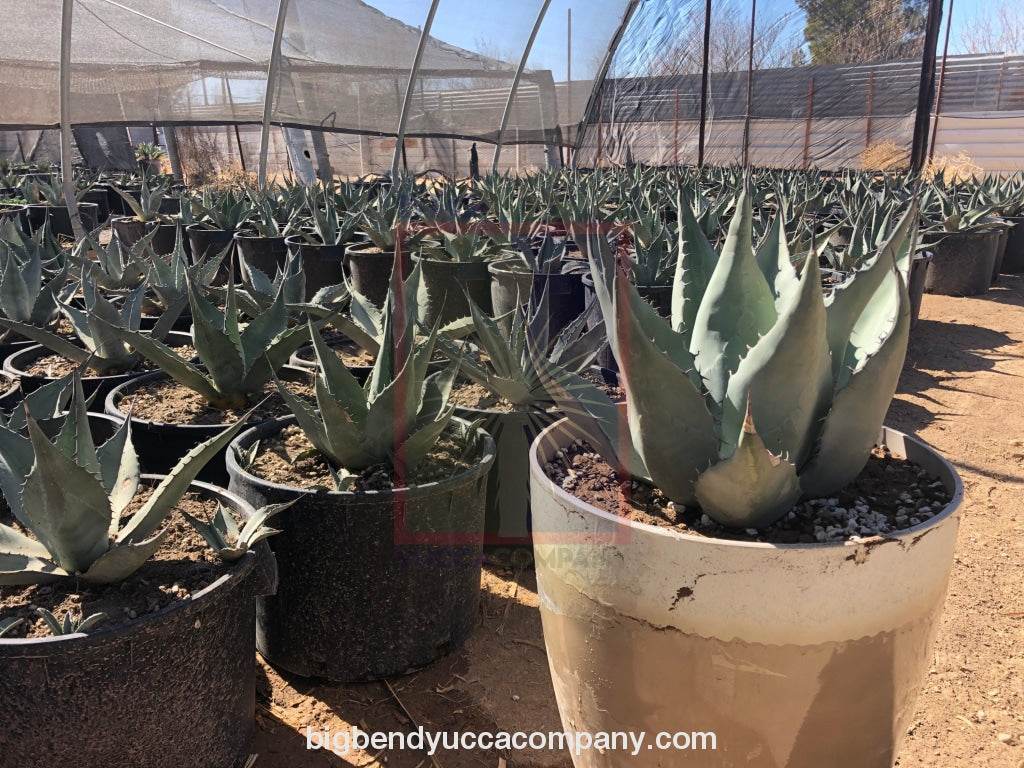
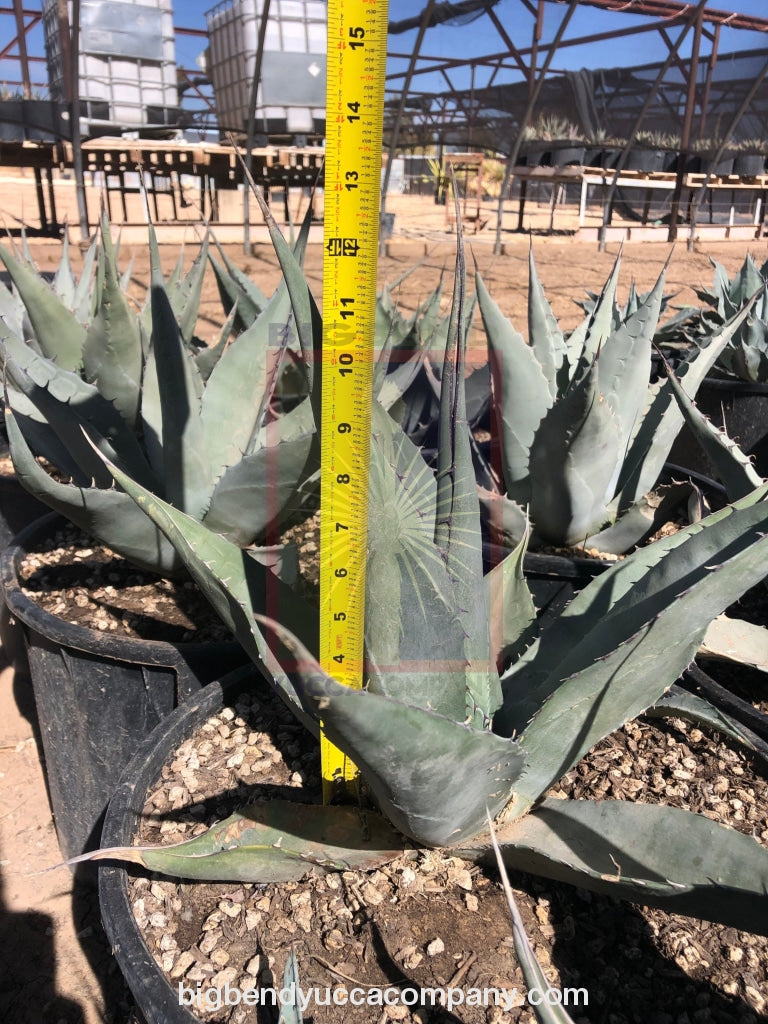
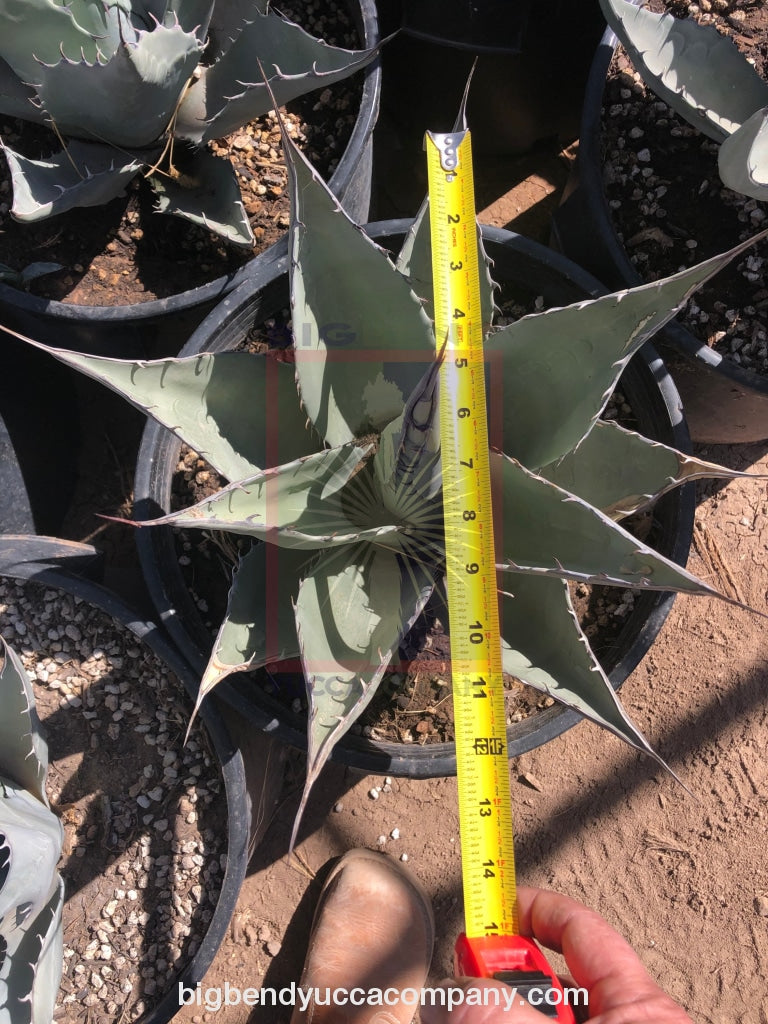
Caring for Yucca Trees & Agave
Big Bend Yucca Information
Big Bend yucca (Yucca rostrata), also known as beaked yucca, is a tree-like type of yucca with blue-green, lance-shaped leaves and tall, bell-shaped blooms that rise above the plant in summer.
Big Bend yucca plants are easy to grow in USDA plant hardiness zones 5 through 10.
Big Bend yucca is native to the rocky hillsides and canyon walls of Texas, Northern Mexico and Arizona. Historically, Native Americans put Big Bend yucca plants to good use as a source of fiber and food. Today, the plant is appreciated for its extreme drought tolerance and bold beauty.
Although Big Bend yucca is slow growing, it can eventually reach heights of 11 to 15 feet (3-5 m.). And while the spiny leaf tips aren’t as pronounced as most types of yucca, it’s still a good idea to grow the plant safely away from sidewalks and play areas.
How to Grow Big Bend Yucca
Big Bend yucca plants are adaptable to light shade but perform best in full sunlight. They also withstand extremely hot weather, although it’s normal for the tips to die back during the peak of summer in southern climates. Most importantly, Big Bend yucca plants must be located in well-drained soil to prevent rot during the winter months. If your soil is clay or doesn’t drain well, mix in small pebbles or sand to improve drainage.
Beaked Yucca Info and Care
Beaked yucca’s (Yucca rostrata), “rostrata” meaning beaked. It is a large, architecturally interesting yucca plant native to Mexico and West Texas. According to beaked yucca plant information, the plant’s trunk (or stem) can grow to 12 feet (3.5 m.). It is topped by a 12-inch (30.5 cm.) large flower cluster that grows on top. The creamy white blossoms appear on a tall spike in springtime. Beaked yucca leaves look like lances, gathered together in rosettes of 100 or more in a pom-pom-like formation. Each leaf grows up to 24 inches (61 cm.) long but less than an inch (2.5 cm.) wide, blue-green with a toothed yellow margin. Young beaked yuccas generally don’t have any branches. As the plants get older, they develop several branches.
How to Grow a Beaked Blue Yucca
If you want to grow a beaked blue yucca, you’ll need to know the hardiness range of the plant. Beaked yucca thrives in U.S. Department of Agriculture plant hardiness zones 6 through 11. Those gardeners growing beaked blue yucca should choose a site with full sun or at least ample sun. The beaked yucca prefers moist, well-draining alkaline soil.
Agave Information and Care
Agaves first originated in dry areas of Mexico and are now becoming popular all over America. They will adapt to dry, sandy soils and thrive in drought, extreme heat, and humidity with ease.
And no matter your soil - from sandy to rocky - the Agave Ovatifolia 'Frosty Blue' Agave will adapt and bring unique beauty to your landscape. Use it as a dramatic focal point, a ground cover or in rock gardens.
If you live in a cold area, simply plant your Agave in a pot and bring it indoors once the weather gets cold. Its energetic leaves and vibrant color will keep you company all winter long. And since it's a succulent, it stores water in its leaves to use when it needs a drink and won't need pruning, meaning it essentially takes care of itself.
Buy directly from the grower! Many Yucca trees and Agave plants are nearly impossible to find at big-box retailers and local garden centers. Buying directly from us, ensures a healthier, better-developed Yucca and Agave plant.
We plant, grow and ship your Yucca and Agave with meticulous care, so you get a hassle-free shrub that’s ready to thrive in your landscape and burst with growth quickly.

